#Hemmingway
Explore tagged Tumblr posts
Text

my piece for @ourlawyerzine !!!! yay!!!
#fob#fall out boy#pete wentz#patrick stump#joe trohman#andy hurley#hemmingway#infinity on high#fob art#fob fanart#fanart#fall out boy fanart#fall out boy art#my art#id in alt text
339 notes
·
View notes
Text










Pete Wentz and Hemmingway
#fall out boy#pete wentz#patrick stump#hemmingway#fob#dog#hemmingway Wentz lol#pre hiatus#so adorable#queue all the love to leave my heart
83 notes
·
View notes
Text
If a writer stops observing he is finished. Experience is communicated by small details intimately observed.
~Ernest Hemingway~
#Ernest Hemmingway#Ernest Hemmingway quotes#Hemmingway#writer#observation#see all#be an observer#experience#subtleties#see#details#lha#quotes#reality#writing#1introvertedsage#learning#communication#write what you see#notice the little things#observe#art
8 notes
·
View notes
Text
"Critics are men who watch a battle from a high place then come down and shoot the survivors." Ernest Hemingway
2 notes
·
View notes
Text
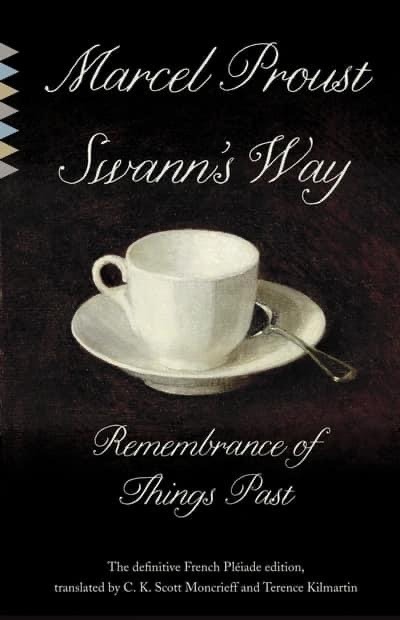
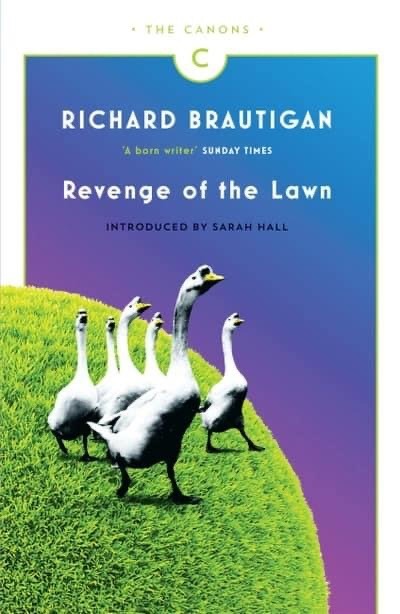

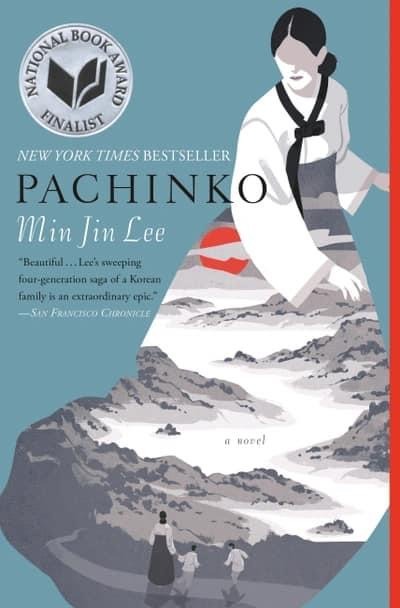
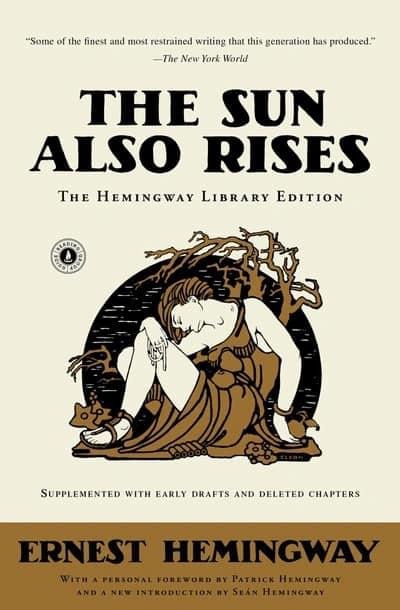
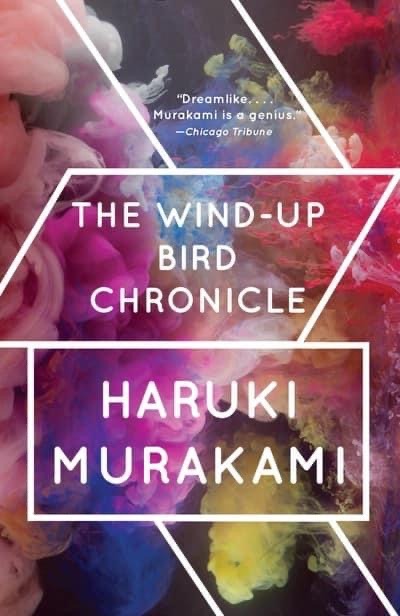
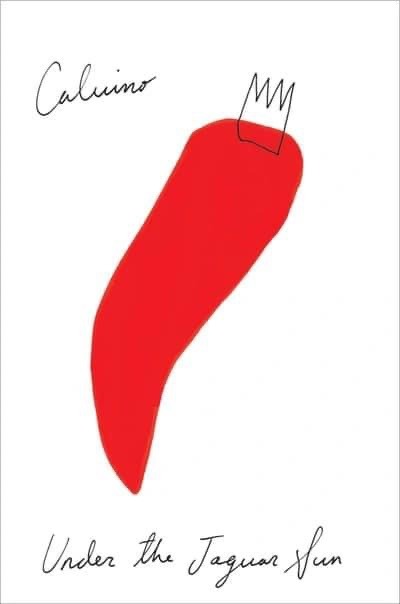


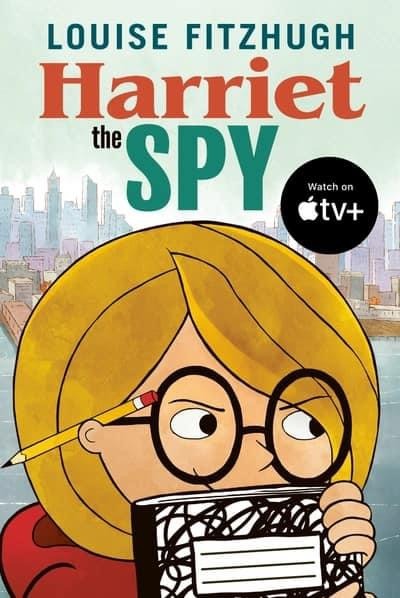
THE 12 MOST UNFORGETTABLE DESCRIPTIONS OF FOOD IN LITERATURE
Haruki Murakami’s stir fry, Maurice Sendak’s chicken soup with rice—only the most gifted writers have made meals on the page worth remembering.
By Adrienne LaFrance for The Atlantic
In literature, references to eating tend to be either symbolic or utilitarian. Food can indicate status or milieu (think about all those references to Dorsia in American Psycho), or it can move the plot forward (Rabbit Angstrom’s peanut-brittle habit in John Updike’s final Rabbit book). Even in the hands of the greats, food scenes can seem less than central to a story, more filler or filigree than substance. There are exceptions, however—moments in which food unlocks a higher story form. Here are 12 of my favorites.
>>>>>
In addition to having one of the best opening lines of any novel ever, “The Wind-Up Bird Chronicle”contains some of the most memorable meals in all of literature. In a novel that is all surreality, darkness, and rabbit holes, Murakami’s simple descriptions of sustenance have an almost metronomic quality—the only thing anchoring the story to reality as it slips away from its main character, Toru—while setting the tempo for a strange, unfolding mystery:
“At noon I had lunch and went to the supermarket. There I bought food for dinner and, from a sale table, bought detergent, tissues, and toilet paper. At home again, I made preparations for dinner and lay down on the sofa with a book, waiting for Kumiko to come home … Not that I had any great feast in mind: I would be stir frying thin slices of beef, onions, green peppers, and bean sprouts with a little salt, pepper, soy sauce, and a splash of beer—a recipe from my single days. The rice was done, the miso soup was warm, and the vegetables were all sliced and arranged in separate piles in a large dish, ready for the wok.”
Such scenes show up repeatedly in Murakami’s work. Every time, the effect is somehow both mouthwatering and unnerving. Note the simplicity of the menu, the methodical preparation, the sense of time and of waiting. Murakami’s descriptions of food do exactly what his novels do best—they take the mundane and make it somehow magical, take the real and warp it into a dream.
+
“Under the Jaguar Sun,” by Italo Calvino
Calvino’s particular skill is his dreamer’s eye, his ability to make stories of incredible lightness out of a too-complicated world. In “Under the Jaguar Sun,” a collection of three short stories that engage the senses, he describes the act of cooking as “the handing down of an intricate, precise lore.” Each dish can be a kind of story that reflects the person who eats it—one that attaches a meal to the ancestral. (Anyone who has tried to interpret her Italian grandmother’s handwritten recipes will see the humor and the profundity in this kind of bequeathed knowledge.) Calvino writes, too, of food’s unique ability to capture a moment in time. In one scene, he describes a couple sharing a meal in an orange grove in Tepotzotlán, Mexico:
“We had eaten a tamal de elote—a fine semolina of sweet corn, that is, with ground pork and very hot pepper, all steamed in a bit of corn-husk—and then chiles en nogada, which were reddish brown, somewhat wrinkled little peppers, swimming in a walnut sauce whose harshness and bitter aftertaste were downed in a creamy, sweetish surrender.”
With mesmerizing style, Calvino captures the way a perfectly prepared dish can, for an instant, become the very center of the universe, the way a meal between two people can hang suspended in an everlasting present.
+
“I Remember Nothing: And Other Reflections,” by Nora Ephron
One of the most durable things about Ephron, a decade after her death, is how easily brilliance seemed to come to her. That same sense of ease is apparent in her appetizing description of a ricotta pancake, from the collection “I Remember Nothing.”The recipe materializes unexpectedly at the end of a charming essay about the cultural meaning of Teflon, and it conveys just enough whimsy to inspire the reader to give it a go:
“I loved the no-carb ricotta pancake I invented last year, which can be cooked only on Teflon … Beat one egg, add one-third cup fresh whole-milk ricotta, and whisk together. Heat up a Teflon pan until carcinogenic gas is released into the air. Spoon tablespoons of batter into the frying pan and cook about two minutes on one side, until brown. Carefully flip. Cook for another minute to brown the other side. Eat with jam, if you don’t care about carbs, or just eat unadorned. Serves one.”
A few easy ingredients! A casual flip! Serves one! Ephron delightfully blends creativity and sophistication. Only real grown-ups are out there inventing new kinds of pancakes from things like ricotta, obviously. The truth is (I’m sorry, Nora) that this pancake is not actually very tasty, at least not when I tried making it. But she loved it, and that’s all that matters.
+
“Chicken Soup With Rice: A Book of Months,” by Maurice Sendak
Please tell me that you know of Sendak’s Nutshell Library, a tiny four-volume set, each roughly the size of a deck of cards, first published in 1962 and made in every way for the eager hands of early childhood. When I was very small, I treated my beloved copy—which remains in arm’s reach on my desk now—with something like religious fascination. Each book is a banquet of mischief and reverie. Picking Pierre as a favorite meal in literature—as you may recall, Pierre, the boy who doesn’t care, is eaten by a lion—would probably be more Sendakian, but to me, nothing can surpass “Chicken Soup With Rice.” This book of simple nursery rhymes takes readers through the months of the year, each one attached to a verse about the pleasures of eating chicken soup with rice in locales across the globe (“far-off Spain,” “old Bombay”) and ever more extreme conditions (the bottom of the ocean, a literal robin’s nest). The singsong, paired with darling illustrations and Sendak’s devil-may-care attitude winking from every page, is forever-enchanting stuff. I couldn’t possibly pick just one, but here’s September:
In September for a while I will ride a crocodile down the chicken soupy Nile. Paddle once paddle twice paddle chicken soup with rice.
+
“Swann’s Way,” by Marcel Proust
You were expecting this one, I know. The madeleine in “Swann’s Way” is so indelible, that, I will confess, I avoid eating them entirely, because a real madeleine would only ruin my memory of the memory described by Proust. On a winter day, the narrator comes home to his mother, who offers him tea and one of the “short, plump little cakes” called “petites madeleines”:
“Mechanically, weary after a dull day with the prospect of a depressing morrow, I raised to my lips a spoonful of the tea in which I had soaked a morsel of the cake. No sooner had the warm liquid, and the crumbs with it, touched my palate than a shudder ran through my whole body, and I stopped, intent upon the extraordinary changes that were taking place. An exquisite pleasure had invaded my senses, but individual, detached, with no suggestion of its origin. And at once the vicissitudes of life had become indifferent to me, its disasters innocuous, its brevity illusory … I had ceased now to feel mediocre, accidental, mortal. Whence could it have come to me, this all-powerful joy?
Years after first reading “In Search of Lost Time,” I’m sometimes transported involuntarily to this moment—the minutes slow, my senses heighten, and I feel overwhelmed with gratitude that if you look at it just right, all of life’s pleasures can be found swirling in a cup of tea.
+
“Revenge of the Lawn,” by Richard Brautigan
“Revenge of the Lawn” contains, quite possibly, the most fully realized post-breakup scene of any collection of words I have ever read. A pot of instant coffee comes to serve both as a pretense for an invitation into a former lover’s apartment and a deathblow—the simultaneous familiarity and discomfort of being around a person you once knew so well. In the scene, Brautigan describes the stretchy quality of time after he persuades his ex to have coffee with him:
“I knew that it would take a year before the water started to boil. It was now October and there was too much water in the pan … I threw half the water into the sink. The water would boil faster now. It would take only six months. The house was quiet. I looked out at the back porch. There were sacks of garbage there. I stared at the garbage and tried to figure out what she had been eating lately by studying the containers and peelings and stuff. I couldn’t tell a thing. It was now March. The water started to boil. I was pleased by this.”
Or, as Brautigan put it elsewhere in the story: “Sometimes life is merely a matter of coffee and whatever intimacy a cup of coffee affords.”
+
“Goodbye, Columbus,” by Philip Roth
Food, like sex, is everywhere in Roth’s work—sometimes inextricably. But let’s put aside the liver in “Portnoy’s Complaint,” the BLT in “American Pastoral,”all that Tiptree strawberry jam. Roth’s descriptions of food aren’t just prurient. They’re also wildly vivid, often preoccupied with class and abundance, and vehicles for the expression of his characters’ desires and resentments. In the novella “Goodbye, Columbus,” the protagonist opens the door of an old-fashioned refrigerator—actually, the second fridge in the home of his affluent summer fling—and discovers that it is overfilled with dripping, fresh, fragrant, expensive fruit:
“Shelves swelled with it, every color, every texture, and hidden within, every kind of pit. There were greengage plums, black plums, red plums, apricots, nectarines, peaches, long horns of grapes, black, yellow, red, and cherries, cherries flowing out of boxes and staining everything scarlet … I grabbed a handful of cherries and then a nectarine, and I bit right down to its pit.”
The bite, after the luxuriant description, is defiant, almost sacrilegious—perhaps his way of crossing an invisible line.
+
“Harriet the Spy,” by Louise Fitzhugh
No hero in literature is quite like Harriet M. Welsch—daring, terrible, perfect Harriet—who, by the way, took a tomato sandwich to school every day for five years. Fitzhugh’s descriptions of the sandwiches are not themselves memorable. (Each one is the same, after all.) But that simple sameness—not just the meal itself but also Harriet’s total commitment to it—makes these tomato sandwiches unforgettable. Harriet, while spying one day, encounters Little Joe Curry, the delivery boy for an Upper East Side bodega:
“Harriet peeked in. He was sitting there now, when he should have been working, eating a pound of cheese. Next to him, waiting to be consumed, sat two cucumbers, three tomatoes, a loaf of bread, a custard pie, three quarts of milk, a meatball sandwich about two feet long, two jars—one of pickles, one of mayonnaise—four apples, and a large salami. Harriet’s eyes widened and she wrote: ‘When I look at him I could eat a thousand tomato sandwiches.’” Or, as she puts it elsewhere, charmingly and succinctly: “There is nothing like a good tomato sandwich now and then.”
+
“Sentimental Education,” by Gustave Flaubert
Flaubert set out, he once said, to tell the moral history of the men of his generation. Across his work, food plays a prominent role in how some of his characters are condemned. The decadence of 1840s Paris is bewildering to Frédéric Moreau, the central character of “Sentimental Education.”
At one dinner party—held in a giant room “hung with red damask, [and] lit by a chandelier and candelabra”—overindulgent guests are served champagne-drenched sturgeon’s head, roast quail, a vol-au-vent béchamel, red-legged partridges, and potatoes mixed with truffles. In another memorable party scene, several bottles of champagne are opened at once, and “long jets of wine spurted through the air … each opened a bottle and were splashing the company’s faces” while tiny birds flapped in through the open door of an aviary—some of them settling in women’s hair “like great flowers.”
It’s no mistake that in the scenes where Moreau escapes Parisian society, such moments of culinary opulence and excess are conspicuously absent.
+
“After the Plague,” by T. C. Boyle
In the title story of Boyle’s story collection, the pandemic that rips across the planet is different from our own. Most of the world’s population is killed quickly and gruesomely, and the main character, Francis, is among a small number of the living who roam the overgrown wilds of Santa Barbara. At one point, Francis meets a woman, a fellow survivor, and they begin dating, helping themselves to the spoils of a civilization now abandoned:
I picked her up two nights later in a Rolls Silver Cloud and took her to my favorite French restaurant. The place was untouched and pristine, with a sweeping view of the sea, and I lit some candles and poured us each a glass of twenty-year-old Bordeaux, after which we feasted on canned crab, truffles, cashews and marinated artichoke hearts.
Boyle describes the magnetism of new romance with dystopian, aching imagination and humor—reminding us that humanity’s core impulse is toward survival and connection, no matter what hell our species endures.
+
Pachinko,by Min Jin Lee
In Pachinko, Lee’s gorgeous and epic tale of a family’s life in 20th-century Korea and Japan, food is a marker of passing time, of scarcity, of necessity, and of nature. Consider the soft blanket of mushrooms in the forest where Sunja steals away with the first man she falls in love with. Or the care and worry attached to her unlikely wedding: the thoughtfully procured rice, the strips of seaweed folded like fabric, the udon noodles steaming beneath the gaze of two soon-to-be newlyweds, a couple who barely know each other. Lee’s gorgeous descriptions of food demand the reader’s attention—and show us the labor required to transform nature into nourishment. The reader encounters savory pancakes made from bean flour and water, a pail of crabs or mackerel, homemade pumpkin taffy, stewed codfish, a soup kettle “half-filled with water, cut-up potatoes, and onions, waiting to be put on the fire.” No other novel I’ve read recently so effortlessly makes meals appear both meager and luxurious. Much of Pachinko’s power comes from its generational sweep, a story that shows just how long a life can be, and how resilience and sustenance can help us make it through.
+
The Sun Also Rises, by Ernest Hemingway
Anyone who has ever tugged on a pair of waders and stood thigh-deep in a cool river on a hot day, casting about for brook trout, then reeling one in, can tell you about the particular satisfaction that comes from catching, cooking, and eventually eating your own dinner. I think this is one of the reasons I can never stop rereading The Sun Also Rises, a book that poses several questions of life-shaping importance, not least of which is: Why aren’t I in Spain right now, trout fishing in the Irati river?
The Sun Also Rises has a quality I’ll never fully understand: It takes place a century ago and somehow feels fresh, still. I’ve found that you can read it at any stage of life and relate to Jake, the American narrator whose travels are fueled by his yearning for an unavailable woman. Another unforgettable scene sees Jake and a friend on a train from Paris to Pamplona, propelled by wanderlust and longing:
“We ate the sandwiches and drank the Chablis and watched the country out of the window. The grain was just beginning to ripen and the fields were full of poppies. The pastureland was green, and there were fine trees, and sometimes big rivers and chateaux off in the trees.”
Riding along with them, we see mortality and rapture commingling, vitally, just the way they do in real life.
(Follies of God)
#reading and writing#the atlantic#food#description#literature#Min Jin Lee#T.C.Boyle#Hemmingway#Louise Fitzhugh#Gustav Flaubert#philip roth#Richard Brautigan#Sendak#haruki murakami#Proust#Calvino#Nora Ephron
5 notes
·
View notes
Text


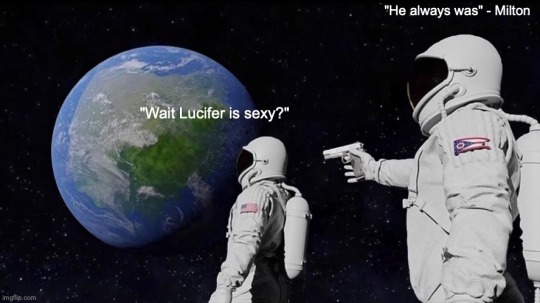
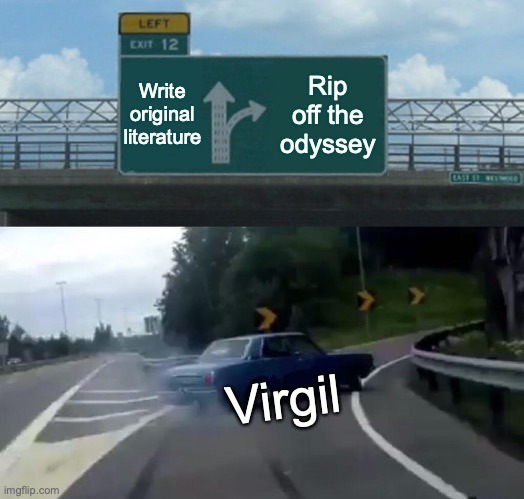

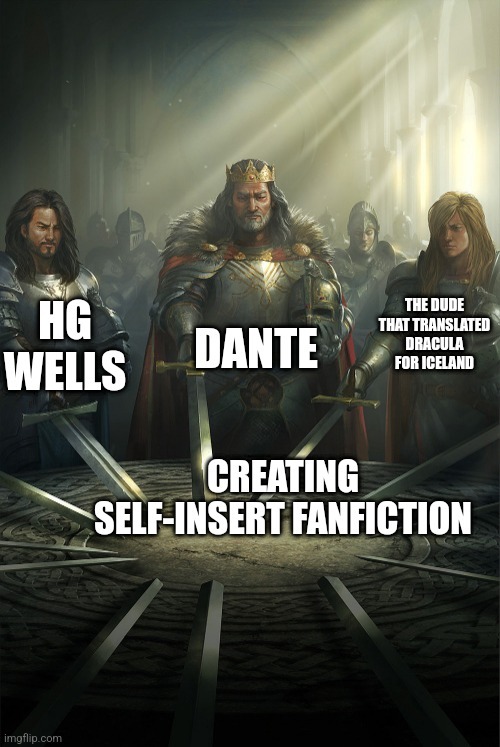

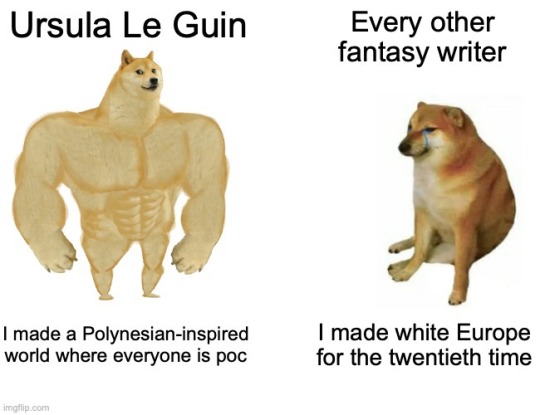


#ancient literature#ancient lit memes#we going old boys#all memes brought to you by a friend#posted with their permission#dante#virgil#ursula le guin#hemmingway#fitzgerald#hg wells#technically not self insert in his case#he just rarely named his characters#milton#sexy lucifer is canon
12 notes
·
View notes
Text
But a man is not meant for defeat. A man can be destroyed but not defeated.
11 notes
·
View notes
Text












Books Read in March 2023
Most of these are read but I'm still currently reading Our Wives Under the Sea, Surpassing the Love of Men, The Lonely Girl (book 2 of The Country Girls Trilogy) and Beautiful World, Where are You?
I don't own copies of some of these books because I listened to the audiobook versions of them.
Many of these books were read towards a 50 book reading challenge that I'm participating in for 2023.
#one last stop#casey mcquiston#the country girls#edna o'brien#six characters in search of an author#luigi pirandello#my lesbian experience with loneliness#nagata kabi#the raven#edgar allen poe#the language of fire#stephanie hemphill#beautiful world where are you#sally rooney#how to not die alone#logan ury#the old man and the sea#hemmingway#our wives under the sea#julia armfield#surpassing the love of men#lillian faderman#the scrambled states of America#laurie keller#books#bookblr#read in 2023#book covers
3 notes
·
View notes
Photo

New season arrivals from @papa_nui_cap_co have hit the shelves. Some great new styles and the fantastic build quality you have come to expect from the Papa! Look for them online soon. #papanui #papanuisays #madeinjapan #bigbill #hemmingway #caps #vintage #military #a3cap #camo #bigtroublestore #keywest #surryhillsboutique #sydney (at Big Trouble Store) https://www.instagram.com/p/CrCr0HRrh0X/?igshid=NGJjMDIxMWI=
#papanui#papanuisays#madeinjapan#bigbill#hemmingway#caps#vintage#military#a3cap#camo#bigtroublestore#keywest#surryhillsboutique#sydney
6 notes
·
View notes
Text
I really shouldn't have picked The Sun Also Rises as my first Hemmingway novel, right? Now I feel like if this is what his characters are like, I would be less willing to pickup another one of his novels. In retrospect though, Hemmingway would probably be thrilled that readers don't give a damn about his characters in this novel as perhaps that was his intention, to present the dullness of post war modern society which doesn't seem to learn from its mistakes.
Also, is there any good comparison or review of TSAR and Evelyn Waugh's Vile Bodies ? Or do I have to write it myself?
#thoughts to ponder#booklr#the sun also rises#ernest hemingway#hemmingway#evelyn waugh#vile bodies#book blog
3 notes
·
View notes
Text


Pete Wentz and hemmingway
22 notes
·
View notes
Text

Quittin time! Finally me(weed) time💪🏽😁🦖🌳🤜🏽
2 notes
·
View notes
Text


Damn, you know there would be so much RPF about these two on ao3 if that shit happened today.
okay but I did not know that there is a story about f. scott fitzgerald nervously showing ernest hemingway his penis because zelda said he couldn’t satisfy a woman with it and ernest hemingway was like “lol no dude you’re fine”
what are the modernists even
268K notes
·
View notes
Text
thinking of starting an ernest hemmingway hater facebook group.
#writing#words words words#classics#classic literature#ernest hemmingway#hemmingway#hemmingwaysucks#reading#reader#books
1 note
·
View note
Text



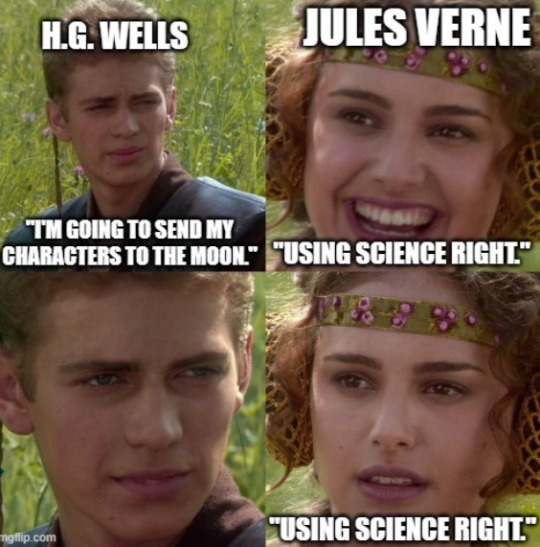

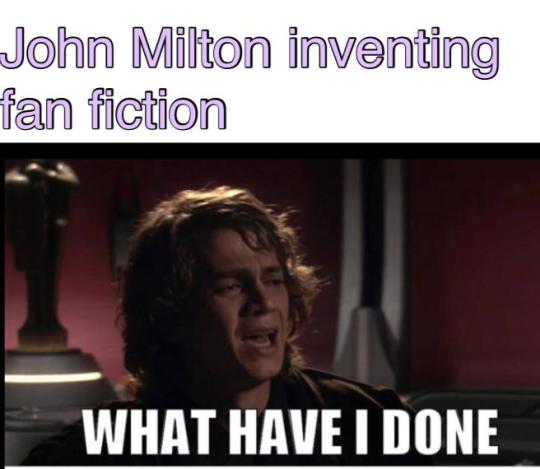
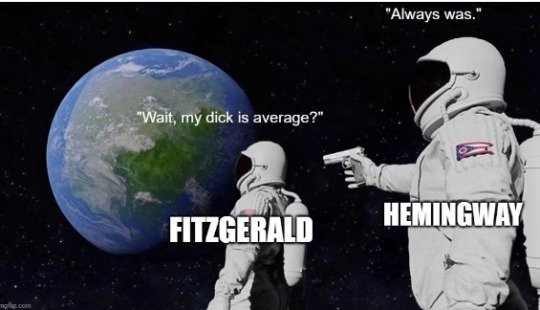
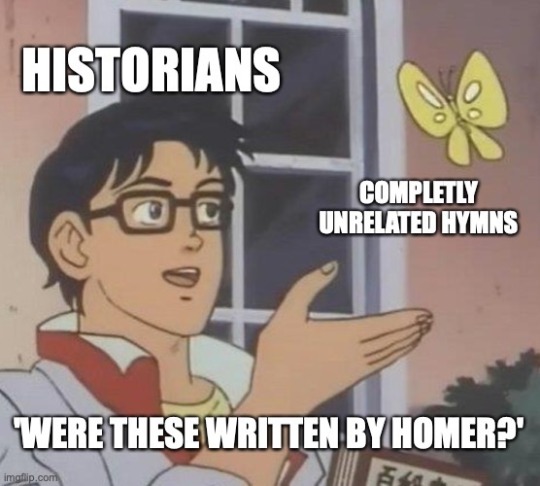


^Fitzgerald
#f scott fitzgerald#hemmingway#classic authors#classic literature memes#classic literature#classic literature authors#hp lovecraft#ernest hemingway#homer#homers odyssey#john milton#sappho#lesbianism#carol anne duffy#emily dickinson#burns#robert burns
5 notes
·
View notes
Text
Shoes sold separately.
baby for sale. shoes not included
30K notes
·
View notes